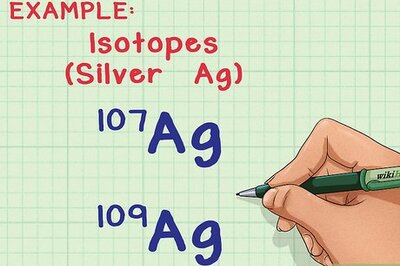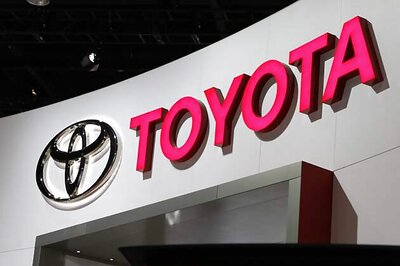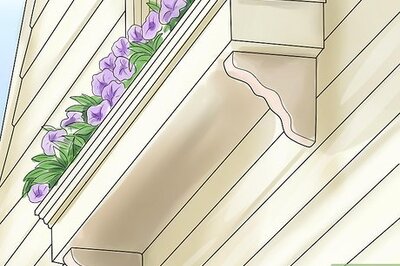
views
Prime Minister Manmohan Singh watched keenly with Minister of State for PMO V Narayanansamy by his side, as Sriharikota High Altitude Range (SHAR) Director MS Prasad constantly explained the progress of India’s 100th space mission.
With the successful completion of each stage of PSLV-C21, the Prime Minister broke out into applause, prompting the others in the gallery to follow suit.
Around 19 minutes after PSLV-C21 lifted off, ISRO Chairman K Radhakrishnan politely stood up from his seat in the Command Centre and walked into the gallery to shake hands with the Prime Minister and introduce him to the team responsible for the successful launch.
PSLV-C21 met its expectations, achieving a greater degree of precision with ease.
It was yet another feather in the cap for P Kunhikrishnan, Mission Director of PSLVC21 and Project Director of the PSLV Project.
“This mission has proved to be a demonstration of our capability The orbit into which the satellites have been injected are very precise and all stages have performed well. The mission is a grand success,” informed Kunhikrishnan.
The mission had achieved an orbit with an apogee of 655. 5 km and a perigee of 648.8 km, against the planned 655 km. The deviation of seven km from the planned orbit was well within the permitted 20 km deviation, proving the precision of the mission, he added.
Radhakrishnan also said reports from the customers - EADS Astrium of France and Osaka Institute of Technology of Japan - had said the solar panels of their satellites had been deployed successfully and that various operations were being performed.
The launch itself was delayed by two minutes, with ISRO scientists making adjustments to avoid hitting space debris they predicted would cross the path of the satellites’ orbit.
Once the due diligence had been done it was clockwork.
The French SPOT-6 satellite, weighing 712 kg, is the heaviest foreign satellite launched aboard a PSLV.
“We have received several enquiries to Antrix (ISRO’s commercial arm) to launch satellites for other countries.
SPOT-7, which is similar to SPOT-6 is one of them.
There are 13 other satellites, many of which are of the same class as SPOT-6,” said Radhakrishnan.




















Comments
0 comment